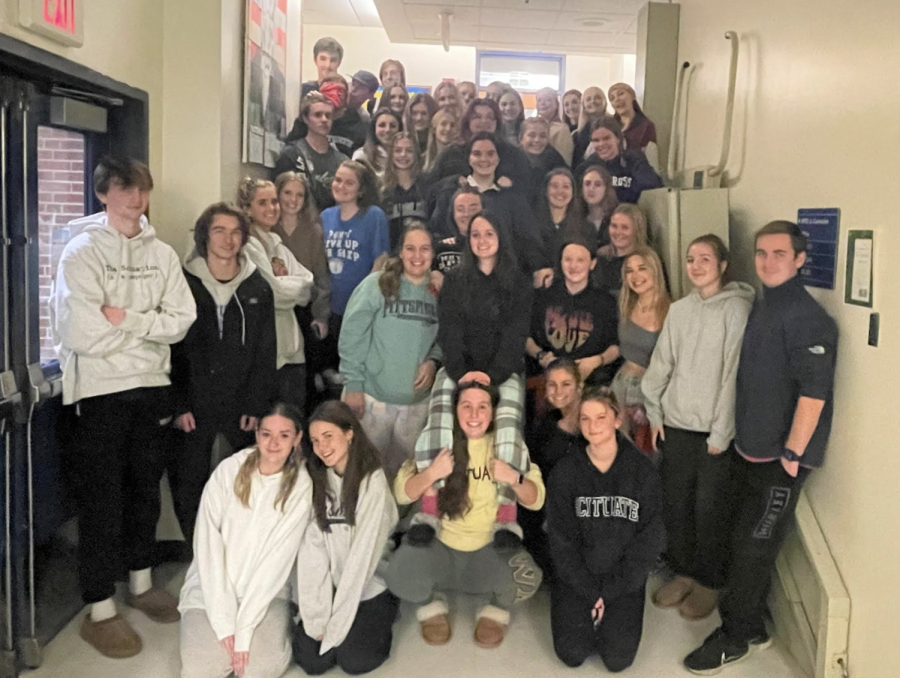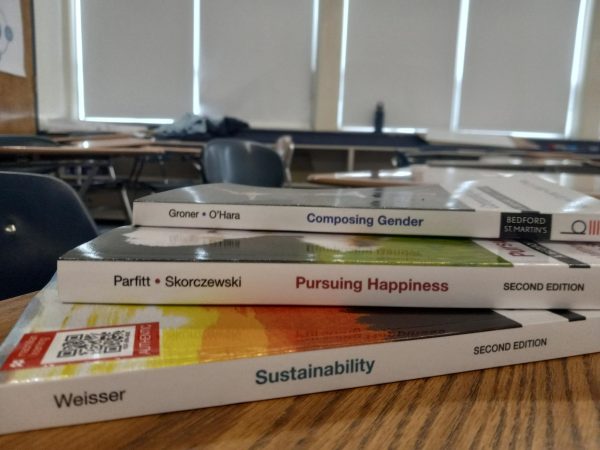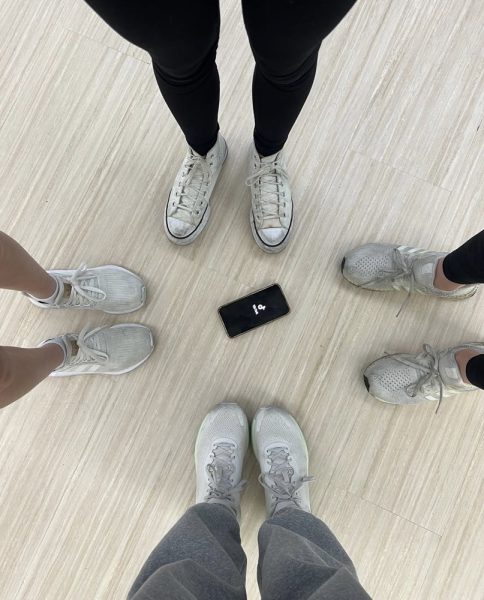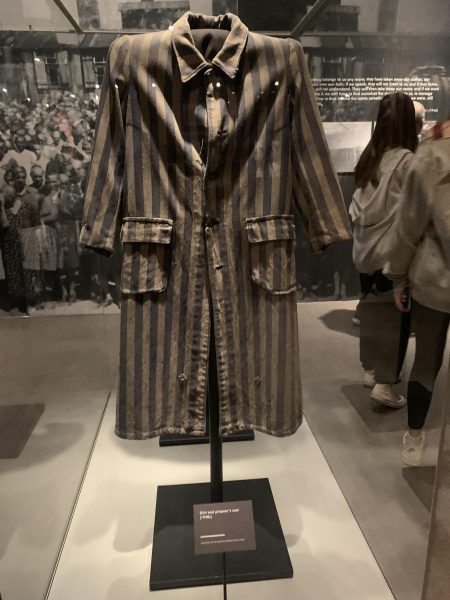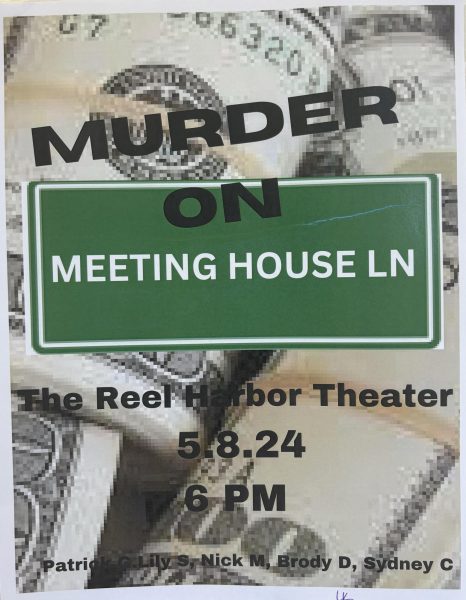AP Psychology’s Blindfolded Night Lab
Latent learning highlighted during night lab in AP Psychology
December 7, 2022
On Tuesday, December 6th, students in AP Psychology classes at SHS participated in a night lab to further develop their psychology knowledge outside the classroom. In the lab, students were blindfolded and instructed to walk one lap around the second floor of the building. There were unblindfolded students located at the top of the staircases and at door frames to prevent injuries. So, how does this correlate to psychology?
Wolfgang Kohler, a German psychologist, studied insight learning through chimpanzees. Kohler placed the chimpanzees in an empty room, hung bananas from the ceiling, and placed a set of boxes in the corner. The chimps attempted to reach the bananas on their own but were unsuccessful. Suddenly, the chimps began stacking the boxes and were able to successfully grab the bananas.
Insight learning, also known as a “light bulb moment,” is the ability to solve a problem with no prior experience. The chimps were able to use their resources to solve their need for food. Additionally, Edward Tolman, an American psychologist and cognitive behaviorist, is well known for his theory regarding latent learning: “learning that occurs but is not apparent until there is an incentive to demonstrate it.” For instance, after receiving your driver’s license, were you able to successfully drive to school on the same route your parent drove you? You demonstrated latent learning. Tolman also developed a theory regarding a cognitive map. He believed that individuals “acquire large numbers of cues from the environment” and could use these to build a mental image of an environment–a cognitive map.
During the night lab, psychology students exercised their latent learning and demonstrated their own cognitive map of the high school. When blindfolded, many seniors found it much more difficult to navigate the hallways than they thought it would be. Senior Megan Nelson said, “I was surprised how much I learned walking through the hallways in the past four years, but it was definitely harder than I anticipated.”
The student’s cognitive maps differed. While many students found it difficult, other daring seniors were running blindfolded through the halls.
